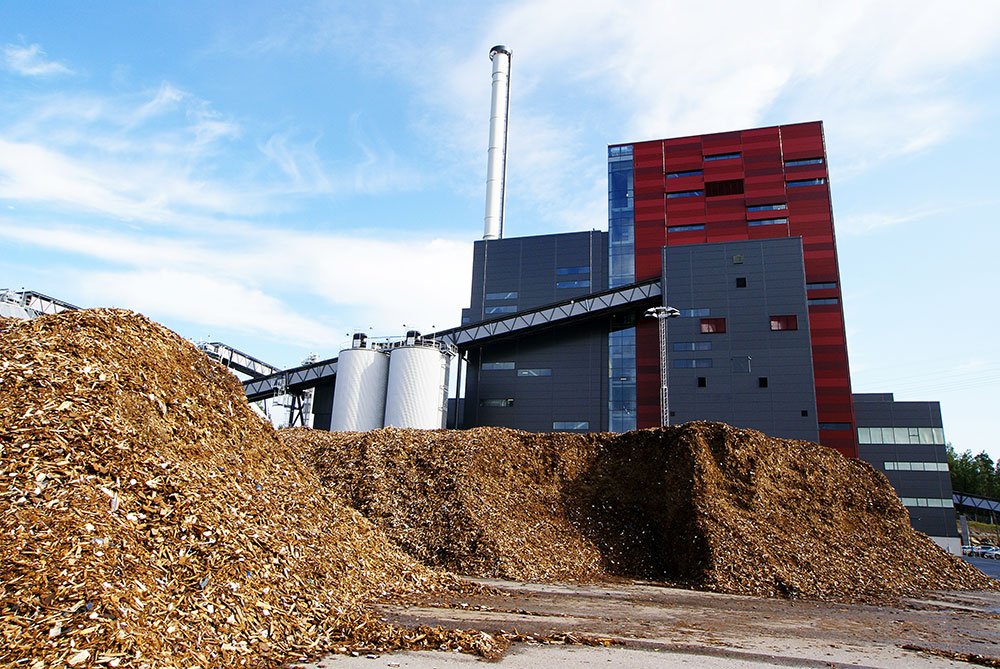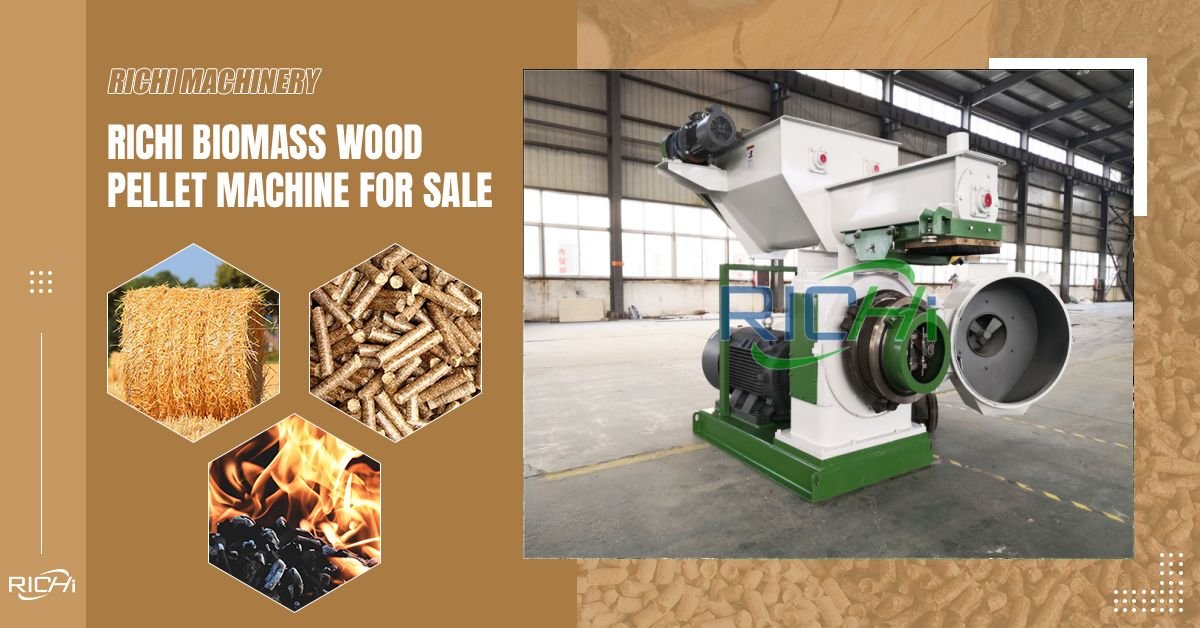Straw pellet making machines have become increasingly popular in recent years as a means of converting agricultural waste into valuable biomass fuel. The efficiency of these machines is a crucial factor in their adoption and profitability.
This article explores the production efficiency of straw pellet making machines, examining various factors that influence their performance and output.
Production Capacity
Modern straw pellet making machines come in a range of sizes and capacities, typically producing between 50 kg to 2000 kg of pellets per hour.
The production capacity depends on several factors:
- Machine Size: Larger machines generally have higher production capacities.
- Motor Power: More powerful motors can process more material in less time.
- Die Size: The size and number of holes in the die affect production rate.
- Raw Material: The type and quality of straw used can impact production speed.
For example, a small-scale machine might produce 100-200 kg/hour, while industrial-scale machines can reach outputs of 1-2 tons per hour.
Energy Efficiency
The energy efficiency of straw pellet making machines is a critical factor in their overall production efficiency:
- Electricity Consumption: Most machines consume between 30-60 kWh per ton of pellets produced.
- Heat Recovery Systems: Advanced machines incorporate heat recovery systems, improving overall energy efficiency.
- Motor Efficiency: High-efficiency motors can reduce energy consumption by 10-15%.
Pellet Quality and Consistency
Efficiency isn’t just about quantity; the quality and consistency of pellets are equally important:
- Density: Efficient machines produce pellets with a density of 600-700 kg/m³.
- Durability: High-quality pellets have a durability index of over 97%.
- Moisture Content: Efficient machines produce pellets with a consistent moisture content of 8-10%.
Machines that maintain high quality while operating at full capacity are considered the most efficient.
Raw Material Preparation
The efficiency of the pellet making process starts with proper raw material preparation:
- Moisture Content: Straw should have a moisture content of 10-15% for optimal efficiency.
- Particle Size: Straw particles should be uniformly sized, typically 3-5mm, for efficient processing.
- Pretreatment: Some machines include built-in grinders or conditioners, improving overall process efficiency.
Properly prepared raw material can increase production efficiency by 20-30%.
Operational Efficiency
The operational aspects of straw pellet making machines also contribute to their overall efficiency:
- Continuous Operation: Machines designed for 24/7 operation have higher overall efficiency.
- Automation: Automated feeding and control systems reduce labor costs and improve consistency.
- Quick Die Changes: Efficient machines allow for rapid die changes, minimizing downtime.
- Maintenance Requirements: Machines with lower maintenance needs and quick servicing options have higher operational efficiency.
Advanced machines can achieve operational efficiencies of up to 90%, with minimal downtime.Scalability and FlexibilityEfficient straw pellet making machines offer scalability and flexibility:
- Modular Design: Some machines allow for easy capacity upgrades.
- Multi-Material Processing: Efficient machines can process various types of straw and other biomass materials with minimal adjustments.
- Customization Options: Machines that can be tailored to specific production needs offer improved efficiency.
Case Study: Improved Efficiency in PracticeA farm cooperative in the Midwest USA upgraded from a small-scale pellet machine to a modern, efficient model. The results were significant:
- Production Capacity: Increased from 200 kg/hour to 1 ton/hour
- Energy Efficiency: Reduced from 55 kWh/ton to 40 kWh/ton
- Pellet Quality: Improved density from 550 kg/m³ to 650 kg/m³
- Operational Efficiency: Increased from 70% to 85% uptime
The upgrade resulted in a 300% increase in daily production with only a 50% increase in energy consumption.Factors Affecting EfficiencySeveral factors can impact the efficiency of straw pellet making machines:
- Operator Skill: Well-trained operators can maximize machine efficiency.
- Environmental Conditions: Temperature and humidity can affect pellet production.
- Maintenance Practices: Regular maintenance is crucial for maintaining high efficiency.
- Feed Rate Optimization: Proper adjustment of the feed rate is essential for optimal efficiency.
Future Trends in EfficiencyThe efficiency of straw pellet making machines continues to improve:
- IoT Integration: Smart sensors and data analytics are being used to optimize machine performance in real-time.
- Advanced Materials: New die and roller materials are being developed to improve durability and reduce friction.
- Hybrid Systems: Some manufacturers are exploring hybrid electric-biomass systems for improved energy efficiency.
Conclusion
The production efficiency of straw pellet making machines has improved significantly in recent years, with modern machines offering high output, energy efficiency, and pellet quality. Factors such as machine size, raw material preparation, and operational practices all play crucial roles in determining overall efficiency.
As technology continues to advance, we can expect further improvements in the efficiency of these machines, making straw pellet production an increasingly viable and profitable option for agricultural waste management and renewable energy production. For those considering investing in straw pellet production, understanding these efficiency factors is crucial for selecting the right machine and maximizing its performance.
Related post:Straw Pellet Production Line










